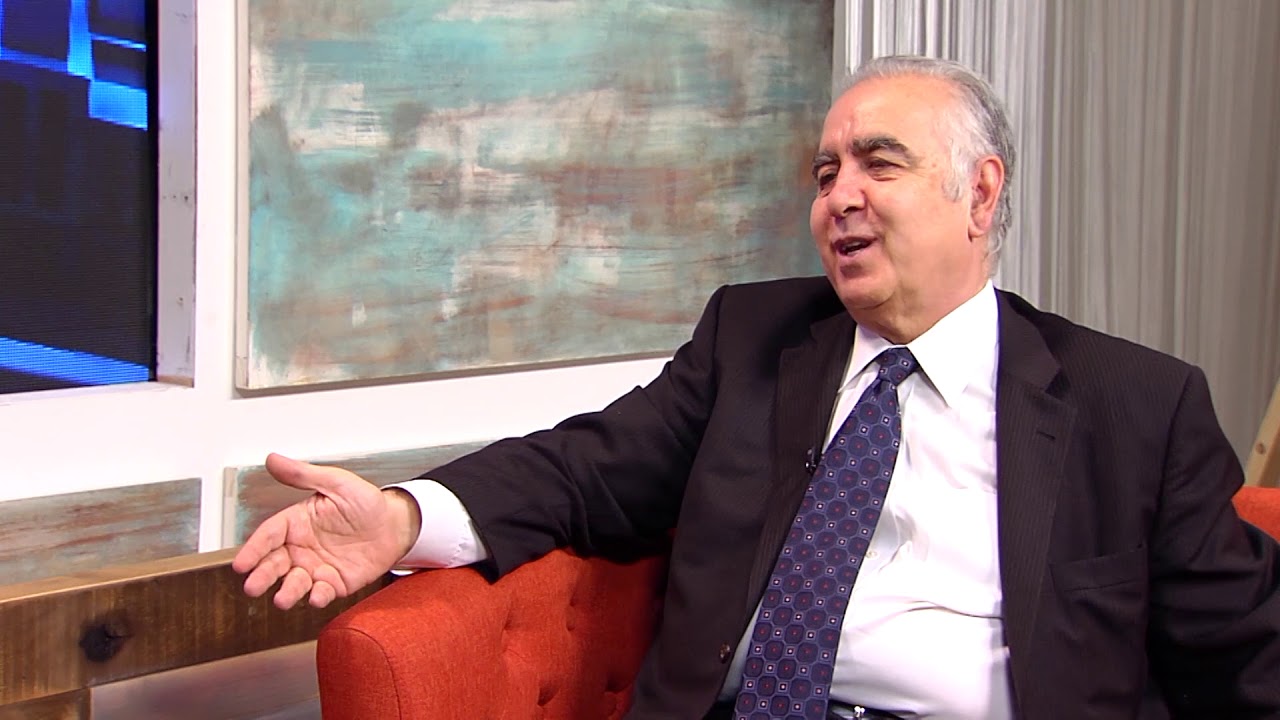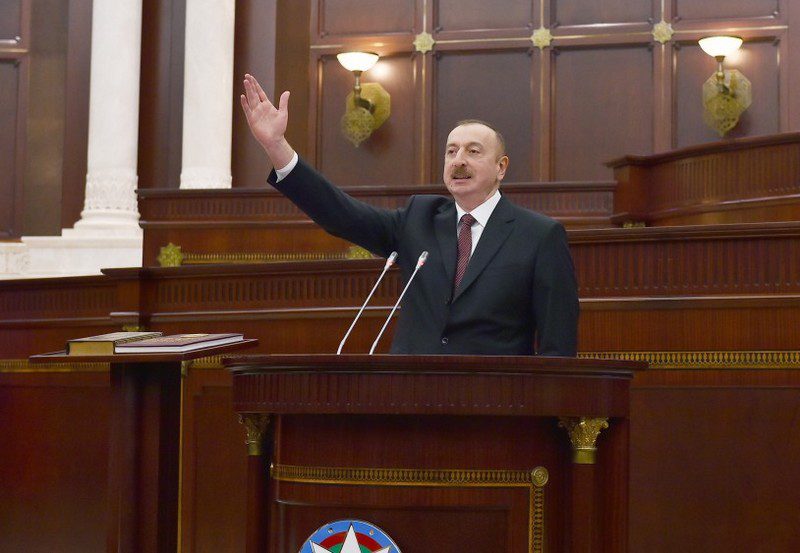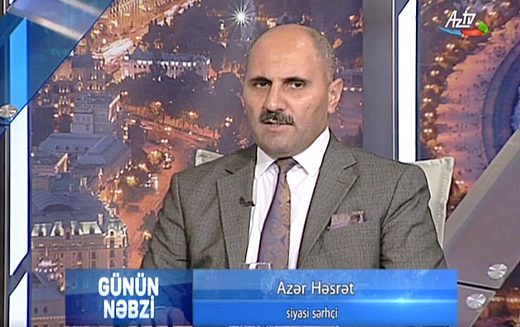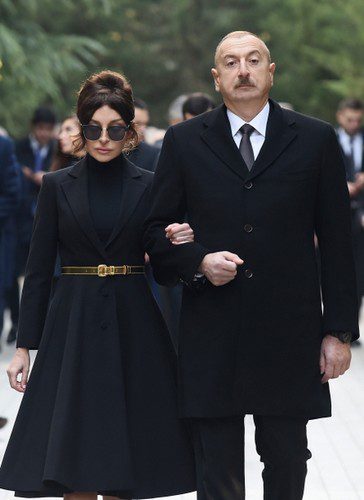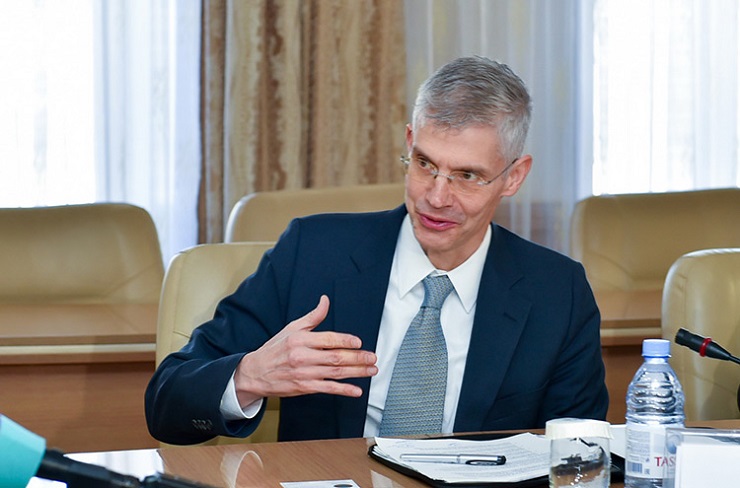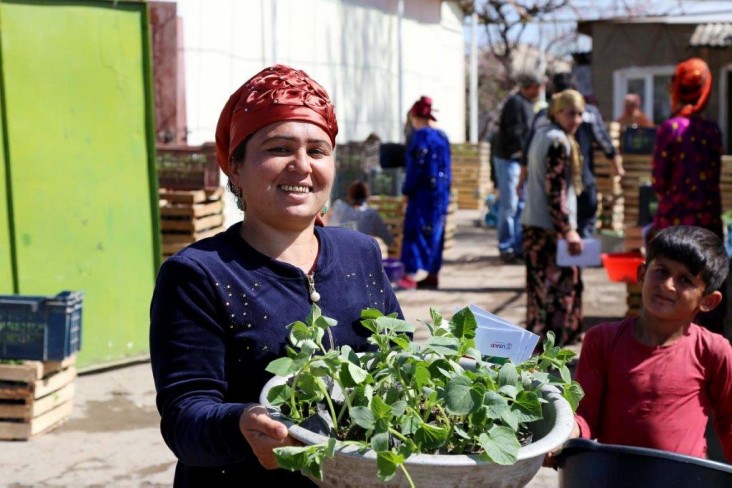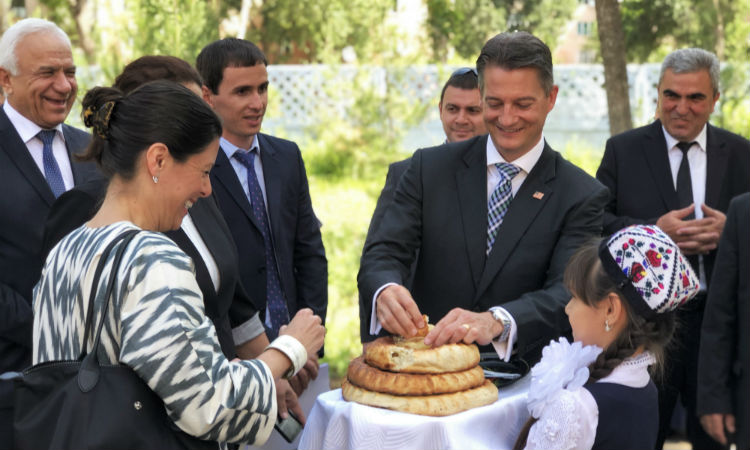I responded last month to the interview given by the newly-elected Patriarch of Turkey, Bishop Sahak II Mashalyan, to a Turkish newspaper in which he had criticized the adoption of the Armenian Genocide Resolution by the U.S. Senate.
Since then, the Armenian world was disturbed that the Patriarch has continued giving interviews to the Turkish media, making pro-Turkish and anti-Armenian comments. As I have written before, it is understandable that the remnants of the Armenian community in Istanbul are hostages in the brutal hands of the Turkish regime. Consequently, we should express some understanding for their questionable pronouncements. Nevertheless, not every statement is made under duress. Some of their negative statements are made of their own free will, without any pressure from the Turkish government. Sometimes, certain Armenians in Turkey make anti-Armenian statements either to protect their own business arrangements with Turkish officials or to preserve their seats by endearing themselves to the Turkish authorities. Therefore, one should not automatically jump to the conclusion that we should refrain from criticizing their pro-Turkish statements just because they live in Turkey. It all depends on the circumstances of the statement and the extent to which an Istanbul Armenian attacks Armenians and their political demands.
After giving interviews to two Turkish newspapers — Milliyet and Sabah — Patriarch Mashalyan continued to be the center of attention of the Turkish media. He told the Aksham newspaper on January 2, 2020, that Diaspora Armenians and Istanbul Armenians have no connection with each other and that the Diaspora has remained 100 years behind.
Patriarch Mashalyan added: “All minorities in Turkey agree that we live in our most comfortable period under the reign of President Erdogan.” The Patriarch seems to have forgotten that for the last 12 years the Armenian community was not allowed to elect a replacement Patriarch after the comatose state of the previous Patriarch. Erdogan’s government was also the one that banned the participation of several Turkish Armenian clergymen in the patriarchal election simply because they were serving in parishes outside of Turkey. Patriarch Mashalyan most probably would not have been chosen if the other candidates were allowed to participate in the election.
“Ever since the period of the Ottoman Empire, the problems of minorities have been exploited to interfere in the internal affairs of Turkey. We do not want this issue to be the reason why Turkey suffers losses in international politics. We are the citizens of this country. Any word against this country hurts us too,” the Patriarch told Aksham newpaper.
Furthermore, the Patriarch of Turkey stated that “the Armenian Diaspora has no connection with us. 1915 and its subsequent memories have been transmitted through generations. They have seen that this issue at least preserves their unity and creates a negative collective consciousness. A collective consciousness has been created based on a tragedy. They do not wish to lose it. But we remained on these lands after those events. We chose to live together with the other elements. The Diaspora has remained 100 years behind…. There is a difference between the way we understand Islam and the way the Diaspora understands it. In reality, the people are much softer. They remember on April 24, and forget it until the next April 24.
Continuing his anti-Armenian crusade, Patriarch Sahak II told the Turkish NTV on January 2, 2020 that the decision of the U.S. Senate approving the Armenian Genocide Resolution “hurt me.” The Patriarch also stated: “We are not the Diaspora. We have always been here and stayed in this country. After the bitter events of 1915, we chose to stay here. We lived for 105 years differently from the Diaspora Armenians. They existed with the 1915 trauma with bitter memories which they passed from generation to generation. We survived that trauma. We did not forget it, but we survived it. The magic of living together has taken place.”
Patriarch Sahak II has had a controversial past with various odd incidents. But I prefer not to dwell on those issues right now. It is not pleasant to attack a high- ranking Armenian clergyman. I just want to quote briefly from the Patriarch’s 2017 writing: “I gave the church my life, my youth and my masculinity. I do not have a family. For six years, I lived in a 20 meter square room in the Patriarchate.”
The statements made by Patriarch Sahak II to the Turkish media, at the very beginning of his term in office, even prior to his ordination, are not a good sign. Many Armenians, both inside and outside Turkey, were complaining that his rival, Archbishop Aram Ateshyan, was too subservient to the Turkish authorities. While that kind of behavior is somewhat understandable, given the oppressive nature of the Turkish authorities, the newly-elected Patriarch has far exceeded his rival’s submissive conduct.
Patriarch Sahak II’s self-demeaning words to the Turkish media are simply the repetition of the Turkish denials of the Armenian Genocide and rejection of the recent recognition by the US Senate. Furthermore, by aligning himself with the Turkish government, the Patriarch is distancing himself and the Turkish Armenian community from the Diaspora just as Turkish officials have banned Turkish Armenian clergymen serving in the Diaspora from participating in the patriarchal election.
Patriarch Sahak II is living in the honeymoon stage of his new position. However, as we have seen in the past, the Turkish government can at any moment tighten the screws on the local Armenian community. When that happens, it is the Armenian Diaspora that will come to the rescue of the Turkish Armenian community, ignoring the Patriarch’s unwelcome words against the Diaspora!
Furthermore, I am mindful that the Patriarch will use Diaspora’s critical statements to score points with the Turkish authorities.
|
|

